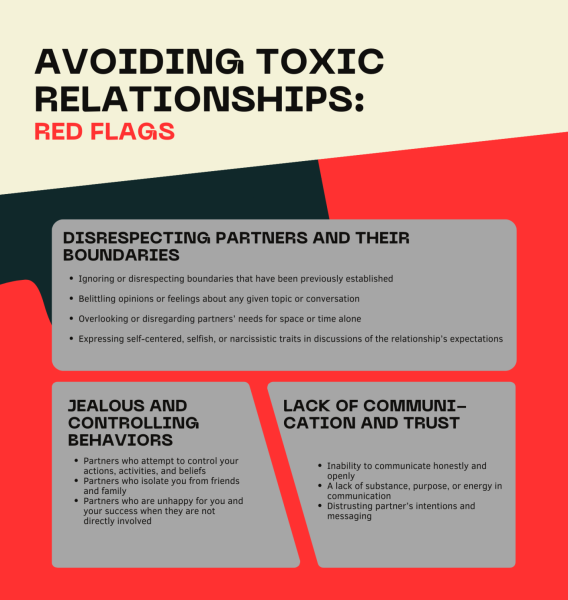The Origin and Impact of Black Friday
How Black Friday originated into a nationwide holiday and the impact it has today on the economy and environment.

Another display and sign in Barnes & Noble advertising their discounts.
The day after Thanksgiving is one of early rising, a quick stop at Starbucks, and then spending the rest of the day searching for the best discounts at the local mall.
However, Black Friday, the now annually busiest shopping day of the year since 2005, was not always a nationwide phenomenon of low prices and early hours.
The actual origination of the term goes back to the Panic of 1869, an economic crisis caused by two financiers attempting to take over the gold market.
But its roots in retail begin in Philadelphia, Pennsylvania, when local police officers coined the day after Thanksgiving “Black Friday” due to the annual chaos that ensued when civilians would flood retail stores and the city before attending the Army-Navy football game that occurred every Saturday.

Regardless of where the term came from, by the late 1990s it was seducing masses of American citizens to flock to retail stores in search of low prices and big deals.
The Black Friday with the largest reported mass of shoppers occurred in 2013, with over 249 million shoppers.
However, with the rise of the Internet and online shopping becoming more accessible, the number of in person shoppers has decreased significantly.
A new retail holiday has emerged, Cyber Monday, referring to the mass amount of online discounts and deals offered during the Monday after Thanksgiving.
Other than the format on which these two holidays occur, there are few differences between them.
In just 2020 alone, the amount of online purchases has increased to almost ten percent.

This recent uptick in online purchasing is accredited to the COVID-19 pandemic, with the average citizen more likely to prefer to not have to purchase their products in person.
Also affected by the pandemic, shopping malls have struggled to attract customers back to in person shopping and stay open, with around 12,000 retail stores closing in 2020 alone.
In 2021, consumers did not spend as much money as usual on the holidays, with Cyber Monday sales down by 1.4 percent and Black Friday sales down by 1.3.
Despite this trend, local stores such as Barnes and Noble and Ulta Beauty still participated in the holiday, with sales such as Buy One, Get One 50 Percent Off being popular.

However, even with the decrease in consumer spending on Black Friday and Cyber Monday, many worry that the holidays promote over-consumption and unsustainablity, putting the planet’s climate at risk.
In fact, a 2019 report found that over 80 percent of the items purchased on the two retail holidays have been thrown away already.











